- Frontiers of Machine Learning
- Multimodal Large Language Model and Generative AI
- Smart Earth Observation and Remote Sensing Analysis: From Perception to Interpretation
- 3D Imaging and Display
- Forum on Multimodal Sensing for Spatial Intelligence
- Brain-Computer Interface: Frontiers of Imaging, Graphics and Interaction
- Foundation Models for Embodied Intelligence
- Workshop on Machine Intelligence Frontiers: Advances in Multimodal Perception and Representation Learning
- Human-centered Visual Generation and Understanding
- Spatial Intelligence and World Model for the Autonomous Driving and Robotics
- Seminar on the Growth of Women Scientists
- Video and Image Security in the Era of Large Models Forum
- ICIG 2025 Competition Forum
- Visual Intelligence Session
With the rapid development of computer, optics, and optoelectronic technologies, three-dimensional (3D) imaging and display with optical signals as carriers have become core research directions in optoelectronics, computer vision, computer graphics, human-computer interaction, and other fields, covering key technologies such as 3D reconstruction, scene understanding, VR/AR, etc. With the integration of artificial intelligence and advanced sensors, 3D imaging and display are accelerating the empowerment of scenarios such as industrial manufacturing, embodied intelligence, the metaverse, digital twin, and smart healthcare. However, it still faces challenges such as high-speed and high-precision reconstruction, real-time rendering and display, and multimodal interaction. To promote academic exchanges and industrial innovation in 3D imaging and display technology, and to drive cross-domain cooperation and the implementation of relevant technologies, this forum will bring together well-known scholars and industry experts at home and abroad to conduct in-depth discussions on the latest 3D imaging and display frontiers. Through round-table discussions, the current technical bottlenecks and future trends will be analyzed. The forum aims to build a high-level communication and display platform for researchers, industrial partners, and students, stimulate cross-border cooperation and the emergence of innovative achievements, and jointly accelerate the iteration and implementation of 3D imaging and display technology.
Schedul
Oct. 31th 15:50 - 17:50
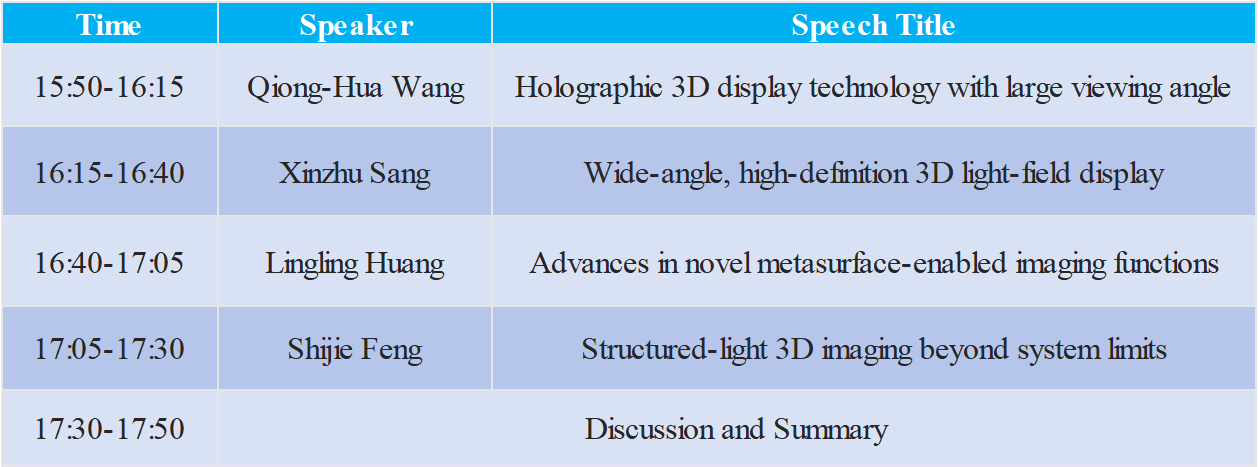
Organizer
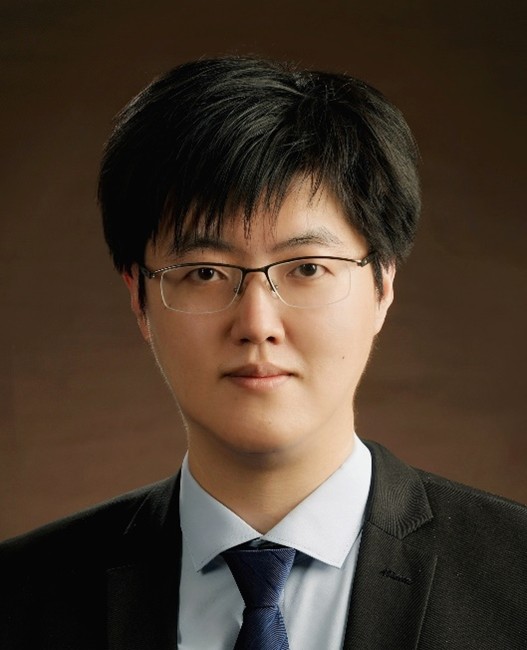
Chao Zuo
Nanjing University of Science and Technology, Professor
Biography:
Dr. Chao Zuo is a Zijin Chair Professor at Nanjing University of Science and Technology (NJUST), Distinguished Professor of “Changjiang Scholars Program”, Ministry of Education of China. He leads the Smart Computational Imaging Laboratory (SCILab: www.scilaboratory.com) at the School of Electronic and Optical Engineering, NJUST, and is also the founder and director of the Smart Computational Imaging Research Institute of NJUST. He has long been engaged in the development of novel Computational Optical Imaging and Measurement technologies, with a focus on Phase Measuring Imaging Metrology. He has published > 300 peer-reviewed articles with over 20,000 citations. He currently serves as an Associate / Topical Editor of eLight, PhotoniX, Optics Letters, Optics and Lasers in Engineering, IEEE Transaction on Computational Imaging, Microwave and Optical Technology Letters, and Advanced Devices & Instrumentation. He is a Fellow of SPIE | Optica | IOP, and listed as a Clarivate Highly Cited Researcher.
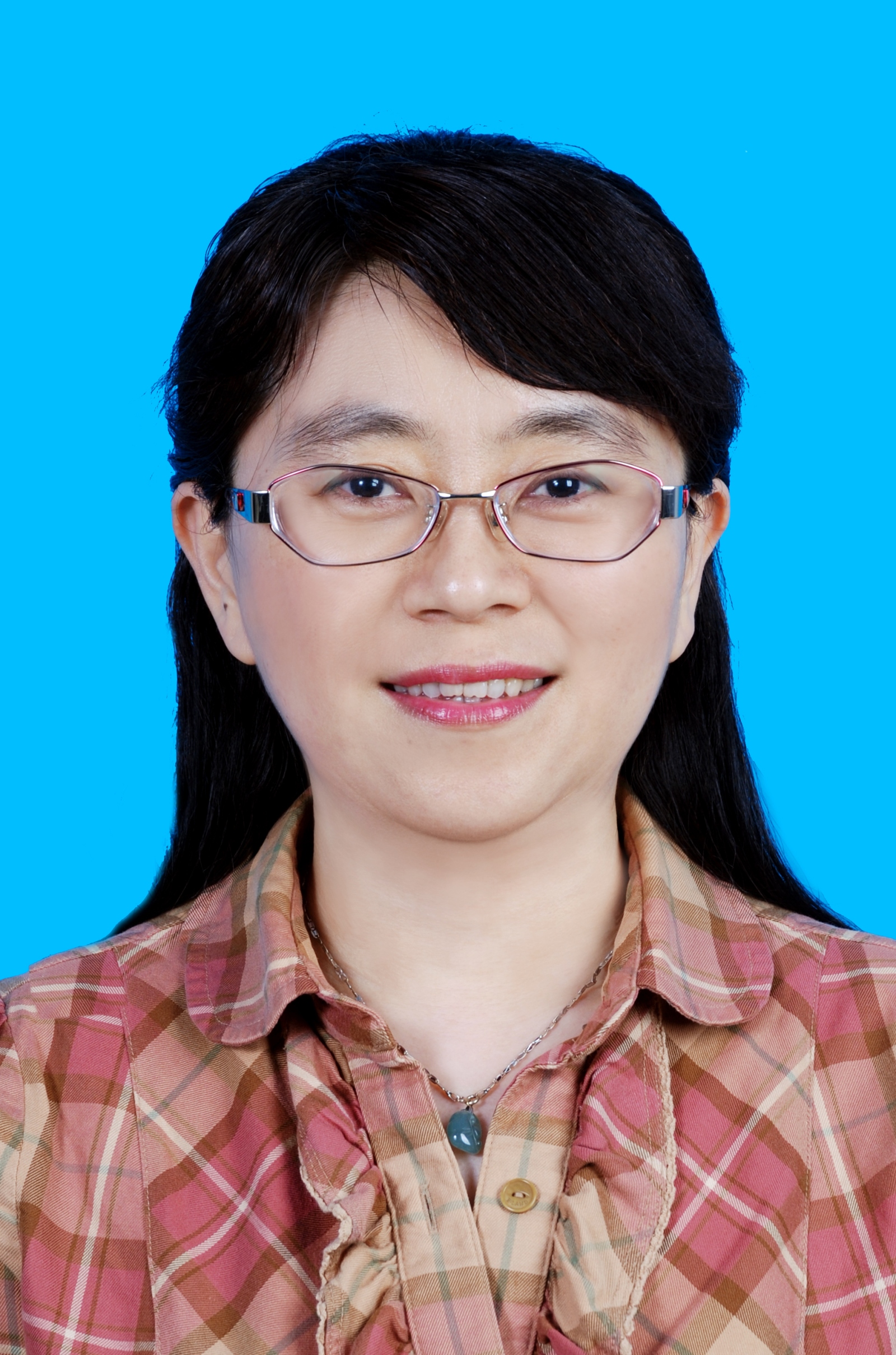
Yan Zhao
Jilin University, Professor
Biography:
Yan Zhao is a Professor and Doctoral Supervisor at the College of Communication Engineering, Jilin University. She serves as the Chairman of the Jilin Society of Image and Graphics and holds the position of Standing Council Member in the China Society of Image and Graphics. Her primary research focuses on image/video coding, 3D light field imaging, and digital vision technologies. She has led over 10 key research projects, including grants from the National Natural Science Foundation of China, sub-projects of the National Key R&D Program, and the Jilin Provincial Science & Technology Development Plan. With an outstanding publication record, Prof. Yan Zhao has authored more than 90 scholarly papers in prestigious journals and conferences, including IEEE Transactions on Image Processing (TIP), IEEE Transactions on Multimedia (TMM), IEEE Transactions on Visualization and Computer Graphics (TVCG), IEEE Transactions on Circuits and Systems for Video Technology (TCSVT), and ICASSP. His innovations are protected by 20+ international and domestic invention patents. His academic excellence has been recognized through multiple honors, notably the 9th Jilin Provincial Youth Science & Technology Award and the First Prize of Jilin Provincial Technology Invention Award (R4).
Presenters
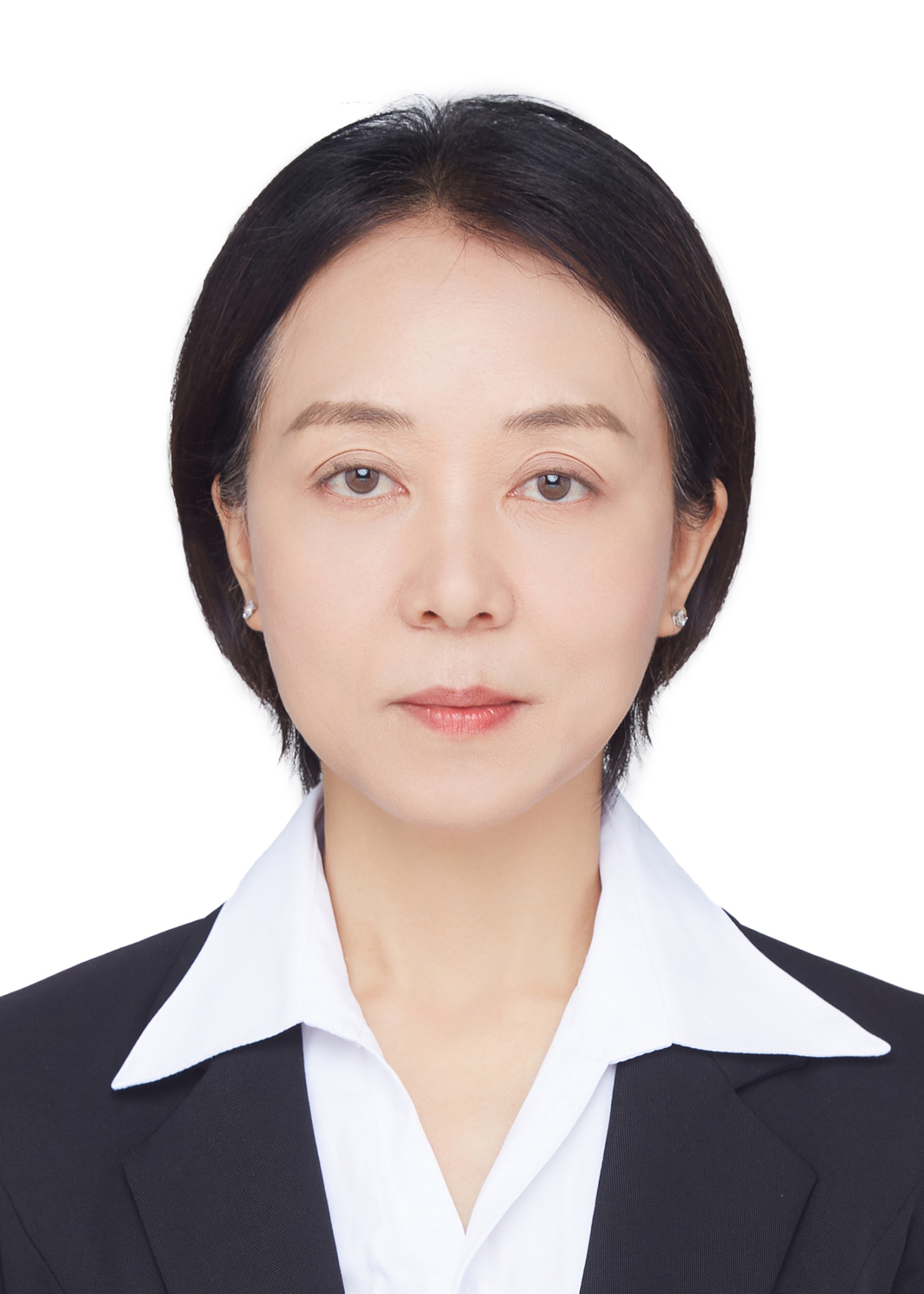
Qiong-Hua Wang
Beihang University, Professor
Biography:
Qiong-Hua Wang is a professor of optics at Beihang University. She was a professor at Sichuan University from 2004 to 2018. She was a research scientist at the School of Optics/CREOL at the University of Central Florida from 2001 to 2004. She was a faculty at the University of Electronic Science and Technology of China (UESTC) from 1995 to 2001. She received B. S., M. S. and Ph. D. degrees from UESTC in 1992, 1995 and 2001, respectively. She published about 400 papers cited by science citation index and authored 3 books. She holds about 200 U. S. and Chinese patents. She is fellow of SID, OPTICA, SPIE, COS and CSOE. Her research interests include display and imaging technologies.
Speech Title: Holographic 3D display technology with large viewing angle
Abstract:Holographic 3D display technology can provide all the depth information needed by human vision, and it does not have problem of stereoscopic viewing fatigue. It is an important development direction of 3D display technology. However, holographic 3D display has some problems such as small viewing angle. Here, we propose a large-viewing-angle holographic 3D display technology based on color liquid crystal grating. By specially designing the structures of the color liquid crystal grating, the inevitable chromatic aberration in traditional liquid crystal gratings can be overcome, and the secondary diffraction modulation on red, green and blue reproduced images can be achieved simultaneously. Furthermore, a chromatic aberration-free hologram generation mechanism is proposed. Finally, the large-viewing-angle color holographic 3D display with several times of the conventional holographic display is realized.
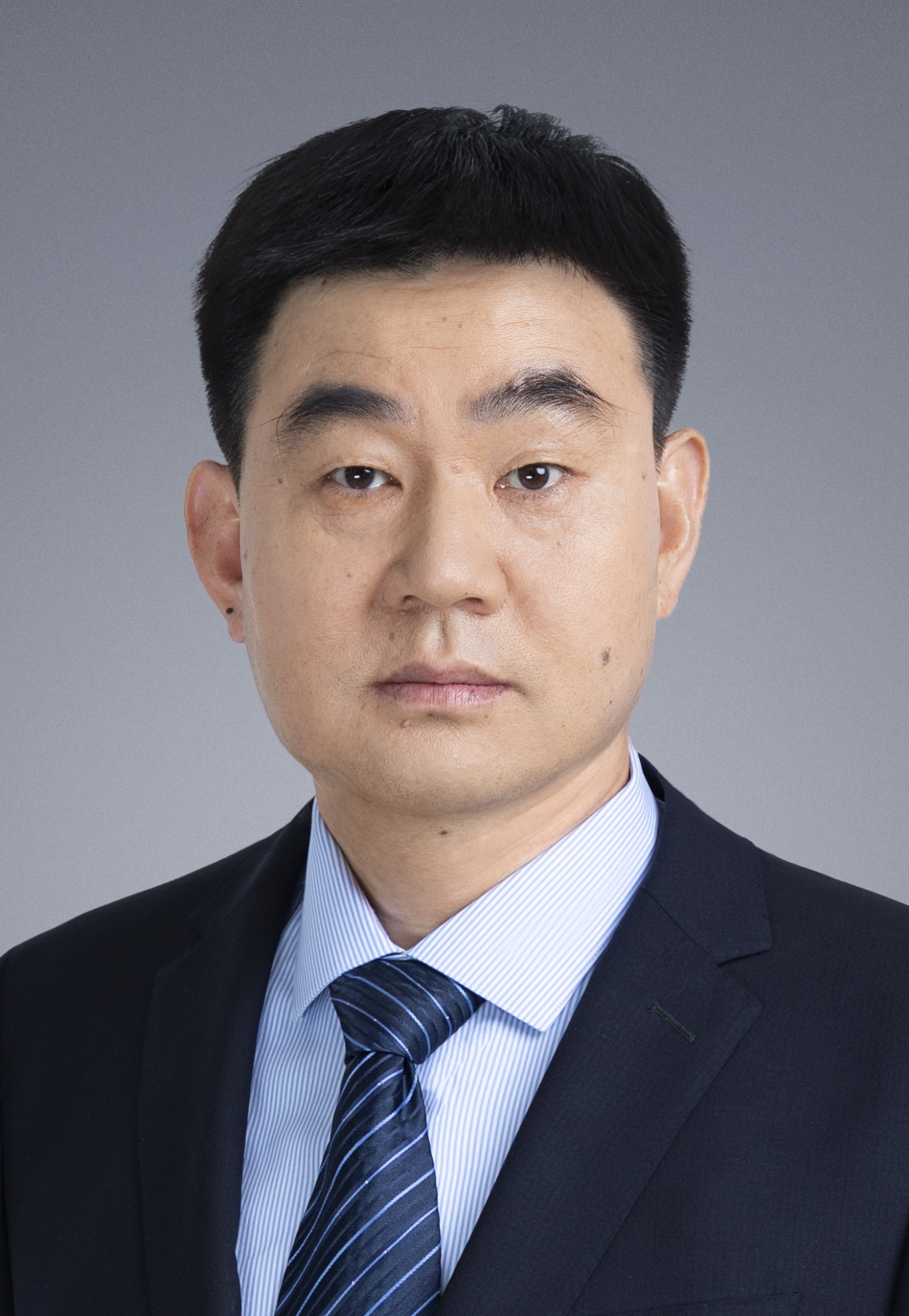
Xinzhu Sang
Beijing University of Posts and Telecommunications, Professor
Biography:
Xinzhu Sang is a Distinguished Professor and doctoral supervisor at Beijing University of Posts and Telecommunications. He is selected into the National Leading Talents Program and is a Beijing Outstanding Teacher, and a “Pioneer of Teacher Ethics” in Beijing. He serves as a member of the Electronic Science and Technology Committee under Ministry of Industry and Information Technology (MIIT), a board member of the Chinese Optical Society (COS), and vice chair and secretary-general of the COS Committee on Holography and Optical Information Processing, among other roles. His research focuses on 3D light-field display, intelligent information processing, and novel optoelectronic devices. As principal investigator, he has led more than 30 projects, including National Natural Science Foundation of China (NSFC) Key Programs and National Key R&D Program projects, with several outcomes transferred to industry. He has published over 360 papers in journals such as IEEE Transactions on Visualization and Computer Graphics and Optics Letters, and holds more than 110 authorized invention patents and 17 software copyrights; 17 invention patents have been transferred or licensed for implementation. His honors include the Second Prize of the National Technological Invention Award (2024), the First Prize of the Ministry of Education Technological Invention Award (2023), and the First Prize of the Beijing Science and Technology Award (2021).
Speech Title: Wide-angle, high-definition 3D light-field display
Abstract:Wide-angle, high-definition glasses-free 3D light-field display offers viewers a truly realistic 3D experience that aligns with natural visual perception, satisfies both physiological and psychological depth cues, and enables more complete 3D sensing for intuitive and comprehensive understanding. Achieving such displays requires overcoming limits in the degrees of freedom and precision of light-modulation devices while balancing the space–bandwidth product of display hardware. This talk presents our research toward wide-angle, high-definition glasses-free 3D light-field display. We realized a 65-inch system with a 120° viewing angle that preserves correct spatial geometry and occlusion; a 110-inch system delivering a large depth of field with a display depth of 3 m; and free-space 3D light-field distributions enabling aerial, hovering, dynamic glasses-free 3D imaging. We further built a compact, real-time light-field communication system integrating light-field capture, long-distance transmission, dense-view synthesis, and display, achieving remote 3D light-field communication over distances exceeding 21 km with simultaneous multi-user viewing.
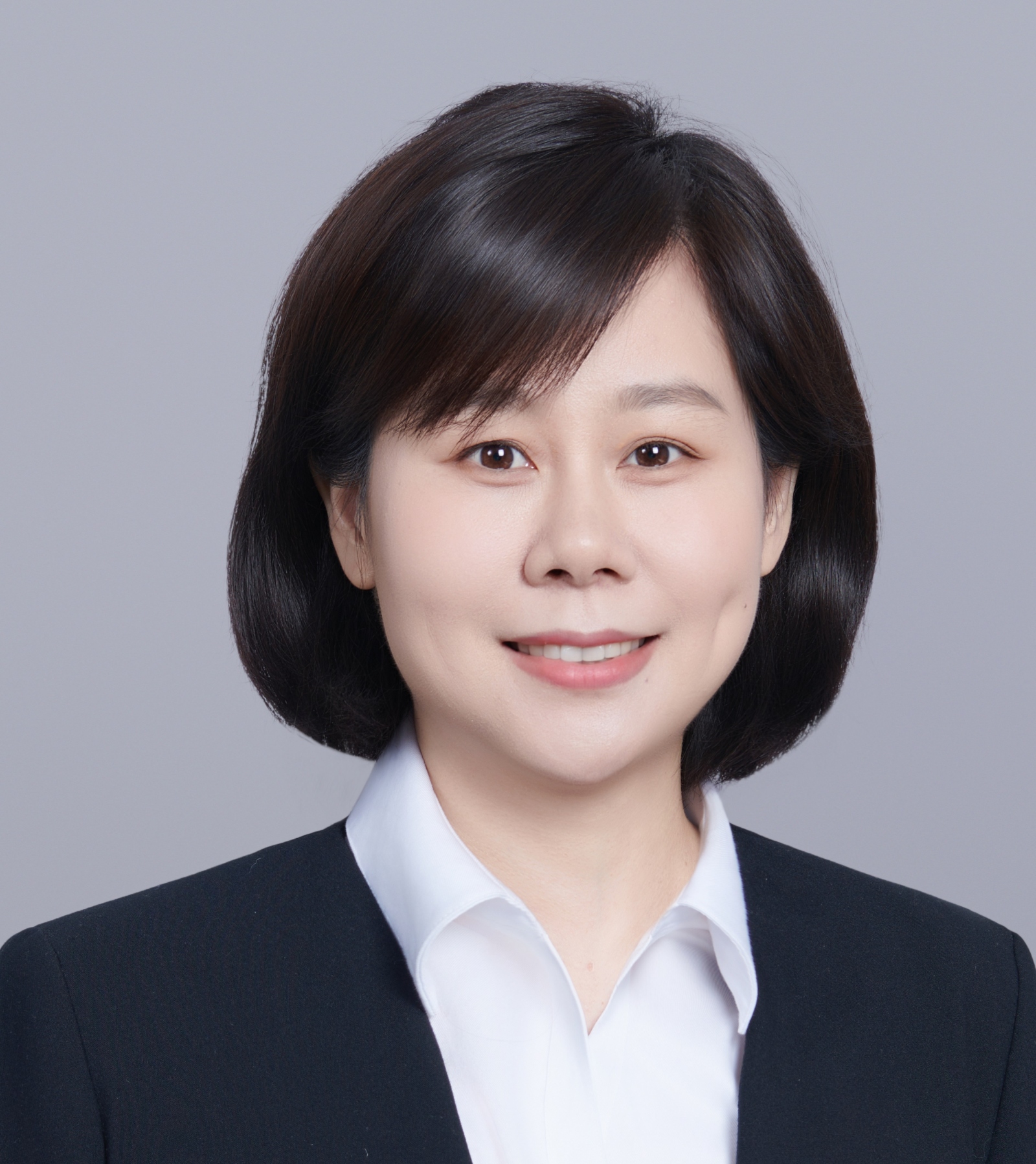
Lingling Huang
Beijing Institute of Technology, Professor
Biography:
Lingling Huang is a tenured Professor and doctoral advisor at Beijing Institute of Technology. She has been selected for the National High-level Young Talents Program, Beijing Outstanding Young Scientist and other programs. She has been listed as an Elsevier Highly Cited Chinese Researcher and among the global top 2% of scientists. As principal investigator, she has led 14 national and provincial projects. She was granted with the Alexander von Humboldt Foundation’s Friedrich Wilhelm Bessel Research Award (awarded to ~20 researchers worldwide annually), the Ministry of Education Young Scientist Award, the Fok Ying Tung Education Foundation for Young Teachers, the Mao Yisheng Beijing Youth Science & Technology Award, the Shi Qingyun Women Scientist Award of the China Society of Image and Graphics (CSIG).
Speech Title: Advances in novel metasurface-enabled imaging functions
Abstract:Thanks to their powerful wavefront engineering capability, metasurfaces are showing unique advantages in emerging imaging and sensing, enabling multi-dimensional measurements such as spectrum, polarization, and 3D depth. This talk presents quasi-BIC–based metasurface spectral-polarimetric detectors that markedly reduce footprint while improving design scalability. By precisely tuning high-Q resonances and polarization-sensitive radiation of the meta-atoms, we achieve accurate measurements across 20 spectral bands and 4 polarization states, far surpassing conventional amplitude-division or time-division schemes. Leveraging dispersion engineering, we further realize three-dimensional inspection of fine structures using a monolithic transmitter–receiver integrated optical metasurface, together with a fast and lightweight reconstruction algorithm that faithfully recovers target 3D information. In addition, we propose a metasurface Laplacian differentiator that exploits multiple resonance modes and operates under coherent or incoherent, polarized or unpolarized illumination, featuring a large numerical aperture and broad operating bandwidth.
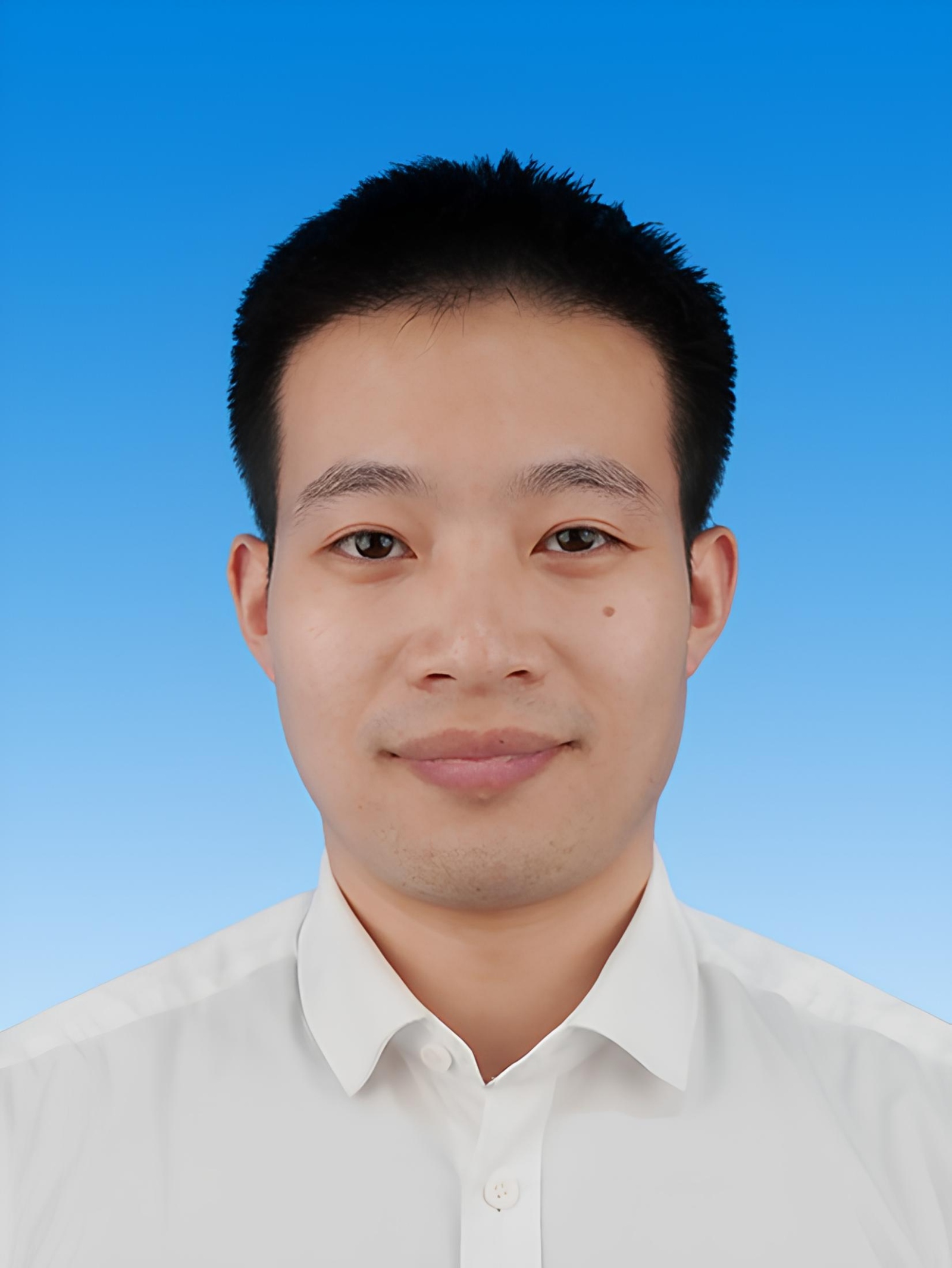
Shijie Feng
Nanjing University of Science and Technology, Professor
Biography: Shijie Feng is a Zijin Young Professor and doctoral supervisor at Nanjing University of Science and Technology, selected for a national high-level young talents program. His research focuses on high-speed 3D measurement based on structured-light illumination. He has published more than 70 SCI-indexed papers with over 8,000 Google Scholar citations. He serves on the CSIG Technical Committee on 3D Imaging & Display, the COS Committee on Holography and Optical Information Processing, and the CSOE Computational Imaging Youth Committee. He is listed among Stanford University’s “Top 2% Scientists” (career) and ScholarGPS’s “Top 0.05% Scientists” (5-year impact). As a key contributor, he received one First Prize of the Jiangsu Science and Technology Award and two First Prizes of the CSOE Technological Invention Award.
Speech Title: Structured-light 3D imaging beyond system limits
Abstract:Structured-light 3D imaging—offering non-contact, high-speed, high-accuracy, and full-field advantages—has been widely applied in industrial inspection, biomedicine, and solid mechanics. This talk presents strategies to overcome device-level physical limits. For temporal resolution, we develop a frequency-domain-multiplexed single-frame composite-grating encoding/decoding framework that breaks the speed limited by a camera’s native frame rate. We further introduce a dual-frequency, number-theoretic and angular-multiplexed fringe modulation/demodulation technique, boosting effective temporal resolution to 16× the camera’s frame-rate limit. For spatial resolution, we propose a deep-learning-driven, ultra-fast single-frame method: low-SNR, low-resolution fringe images are fed to a trained network to recover high-resolution phase, delivering a 3× pixel-resolution gain and enabling high-resolution structured-light 3D imaging at 100,000 Hz.

